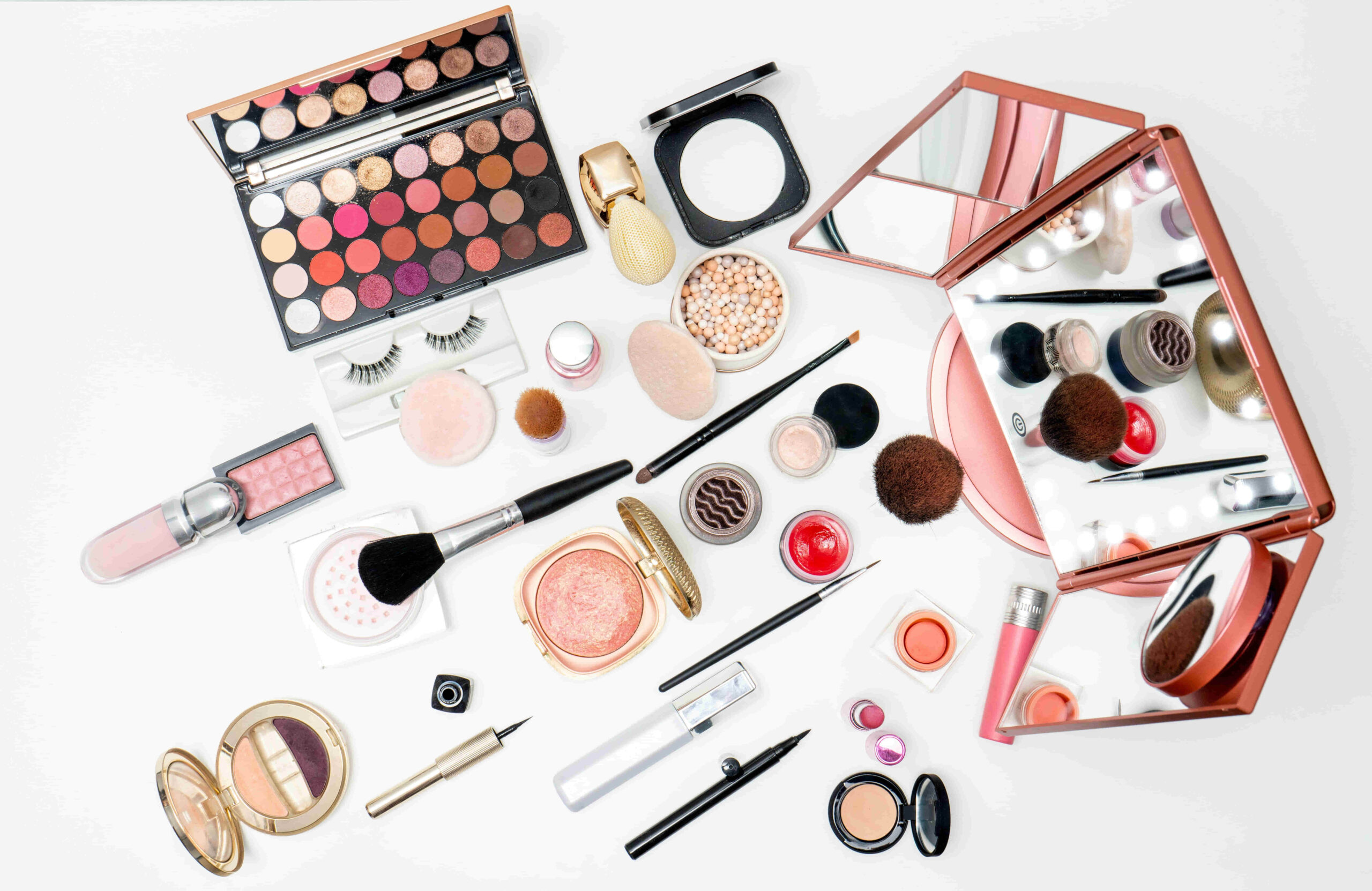- 497 Swift St, Albury NSW 2640, Australia
- hello@thebeautymark.com.au
- Unlock Your Beauty Skills with Expert Online Training
- hello@thebeautymark.com.au
- Get Up to 30% on All Beauty Products Until 13 March

Finding the right makeup foundation color can feel like an impossible task. With so many shades, undertones, and formulas available, it’s easy to feel overwhelmed. But the right foundation is the secret to a flawless, natural-looking complexion that enhances your beauty rather than masking it. Are you unsure whether your undertone is warm, cool, or neutral? Or struggling to decide if a shade truly matches your skin tone? Let’s dive into this guide to help you uncover how to choose makeup foundation color!
Here are some steps on how to choose makeup foundation color? Let’s start,
Your skin type is the foundation (pun intended!) for choosing the right makeup foundation. Do you know yours? Start by observing how your skin behaves throughout the day:
Also, think about your specific concerns. Are you dealing with acne, uneven texture, or signs of aging? Look for products that cater to these needs, such as foundations with salicylic acid for breakouts or peptides for anti-aging.
Undertones are the hidden hues beneath your skin’s surface that determine whether a foundation will blend seamlessly or look unnatural. Are you unsure of yours? Here’s how to find out:
These undertones are your secret weapon to choosing a foundation shade that disappears into your skin. For example, cool tones work best with pink-based shades, while warm tones pair beautifully with golden hues.
Finding your skin tone is an essential step in selecting the right foundation shade. Do you fall into one of these categories?
How can you ensure the perfect match? Use your jawline as a guide. Why? It’s the area where your face and neck meet, providing a more balanced match than just swiping foundation on your hand or wrist. Skin tones often vary across the face and neck due to sun exposure, so this trick ensures consistency.
Are you overwhelmed by all those bottles at the store? Don’t worry! Here’s how to master shade matching like a pro:
The formula and finish of your foundation can make or break your look. Which one suits your needs best?
Formulas
Finishes
Pro Tip: Always consider your skin type when choosing. For example, if you have oily skin, a dewy finish might make you look too shiny.
Do you want a natural look, or are you aiming to cover scars or blemishes? Foundation coverage comes in three levels:
Remember, there’s no one-size-fits-all. Customize your coverage based on the occasion and your skin’s needs. Have you considered mixing two foundations for the perfect balance? It’s a game-changer!
Have you ever noticed that your face and neck don’t always match? This is a common makeup mishap, often resulting in the dreaded “floating head” effect. To avoid this, it’s essential to match your foundation to your body, not just your face. Here’s how:
Why is this step so important? Your face may receive more sun exposure or skincare than the rest of your body, leading to slight color differences.
Want your foundation to look flawless every time? Try these expert tricks:
Do you skip primer? Think again! Primer helps create a smooth base for foundation application. Choose one based on your skin’s needs:
How often have you bought a foundation, only to realize it’s the wrong shade or formula? Always test samples at home in natural light. Many stores now offer mini sizes or return policies to help you find your perfect match without regrets.
Did you know your skin tone can change with the seasons? Your summer shade might not work in winter when your skin is lighter. Keep two shades on hand and mix them if needed for a custom blend.
Remember, makeup is meant to enhance, not mask. Which of these tips will you try first? Let your foundation work with your skin, not against it.
Choosing the right foundation color doesn’t have to be a guessing game. By understanding your undertone, testing shades in natural light, and considering your coverage needs, you can find a foundation that complements your skin perfectly. Remember, makeup should enhance your confidence, not complicate your routine. Next time you shop for foundation, ask yourself: Am I selecting a shade that celebrates my natural beauty? With these tips on how to choose makeup foundation color, your journey to finding the ideal foundation shade will be as smooth as your makeup application!
Should I match my foundation to my face or neck?
It’s best to match your foundation to your neck to ensure a seamless blend and avoid any noticeable line between your face and neck.
How can I test if a foundation matches my skin tone?
Swipe a small amount of foundation on your jawline and check it in natural light. The right shade should blend effortlessly into your skin without looking too light or dark.
Can I mix two foundation shades to get the perfect match?
Yes! Many people mix two shades to achieve a custom color that matches their skin perfectly.
What’s the difference between warm, cool, and neutral undertones?
Is it okay to use different shades for summer and winter?
Yes! Skin tones can change with the seasons. You may need a slightly darker shade for summer and a lighter one for winter.
What’s the best foundation finish for me?
This depends on your skin type and preference:
https://www.lorealparis.com.au/how-to-find-your-perfect-foundation-shade
https://www.realsimple.com/beauty-fashion/makeup/foundation-color-match
https://www.byrdie.com/how-to-pick-the-right-foundation-4772154